Borage Seed Growing – How To Plant Borage Seeds
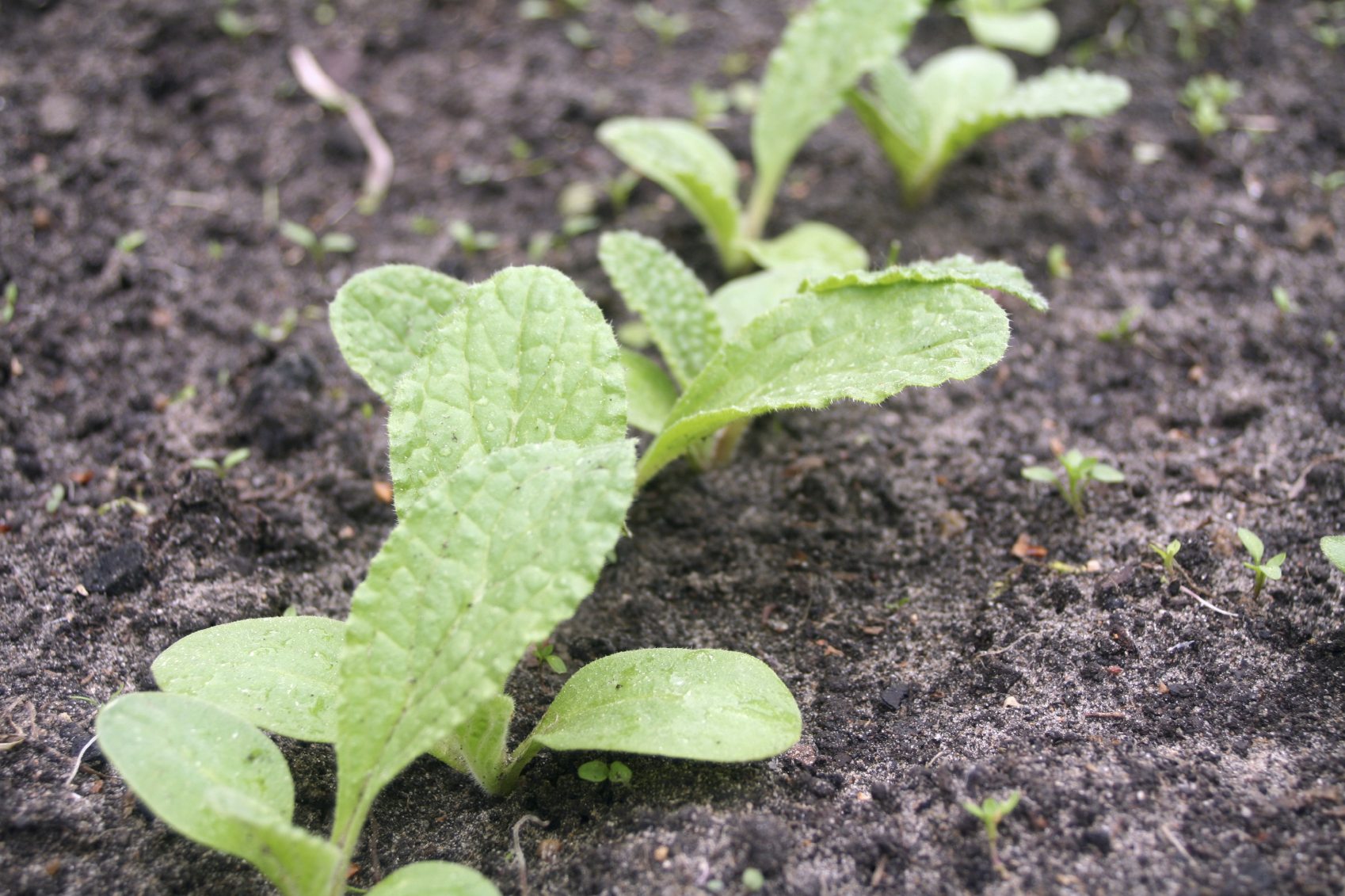

Borage is a fascinating and underrated plant. While it’s completely edible, some people are turned off by its bristly leaves. While the older leaves do develop a texture that not everyone finds pleasant, the younger leaves and flowers provide a splash of color and a crisp, cucumber flavor that can’t be beaten. Even if you can’t be convinced to bring it into the kitchen, borage is a favorite of bees to such an extent that it’s often called Bee Bread. No matter who’s eating it, borage is great to have around, and so easy to grow. Keep reading to learn about borage seed propagation and growing borage from seeds.
Borage Seed Growing
Borage is a hardy annual, which means that the plant will die in a frost, but the seeds can survive in the frozen ground. This is good news for borage, as it produces a huge number of seed in the fall. The seed falls to the ground and the plant dies, but in the spring new borage plants emerge to take its place. Basically, once you’ve planted borage once, you never need to plant it in that spot again. It reproduces only by dropped seed, though, so you don’t have to worry about it spreading across your garden while you’re not looking. Don’t want it anymore? Simply pull up the plant in early summer before the seeds have dropped.
How to Plant Borage Seeds
Borage seed propagation is very easy. If you want to collect seeds to give away or plant elsewhere in the garden, pick them off the plant when the flowers begin to wither and brown. The seeds can be stored for at least three years. Growing borage from seeds is just as easy. The seeds can be sown outdoors four weeks before the last frost. Sprinkle them on the ground and cover them with half an inch (1 cm.) of soil or compost. Don’t start borage seed growing in a container unless you intend to keep it in that container. Growing borage from seeds results in a very long taproot that does not transplant well.
Gardening tips, videos, info and more delivered right to your inbox!
Sign up for the Gardening Know How newsletter today and receive a free copy of our e-book "How to Grow Delicious Tomatoes".

The only child of a horticulturist and an English teacher, Liz Baessler was destined to become a gardening editor. She has been with Gardening Know how since 2015, and a Senior Editor since 2020. She holds a BA in English from Brandeis University and an MA in English from the University of Geneva, Switzerland. After years of gardening in containers and community garden plots, she finally has a backyard of her own, which she is systematically filling with vegetables and flowers.
-
 Looking For Plants To Give You The Soft And Fuzzies? Try These 5 Fuzzy Leaf Plant Options
Looking For Plants To Give You The Soft And Fuzzies? Try These 5 Fuzzy Leaf Plant OptionsLovers of texture, drama, silver foliage and tactile plants will adore these special sensory garden additions. These fuzzy leaf plant options will leave you all aglow
By Susan Albert
-
 Get Ready For A Summer Of Hummers! Grow These Full Sun Hummingbird Plants and Flowers
Get Ready For A Summer Of Hummers! Grow These Full Sun Hummingbird Plants and FlowersIf you’re lucky enough to enjoy a sunny backyard, make sure you are maxing out on your pollinator opportunities and grow these full sun hummingbird plants and flowers
By Tonya Barnett
-
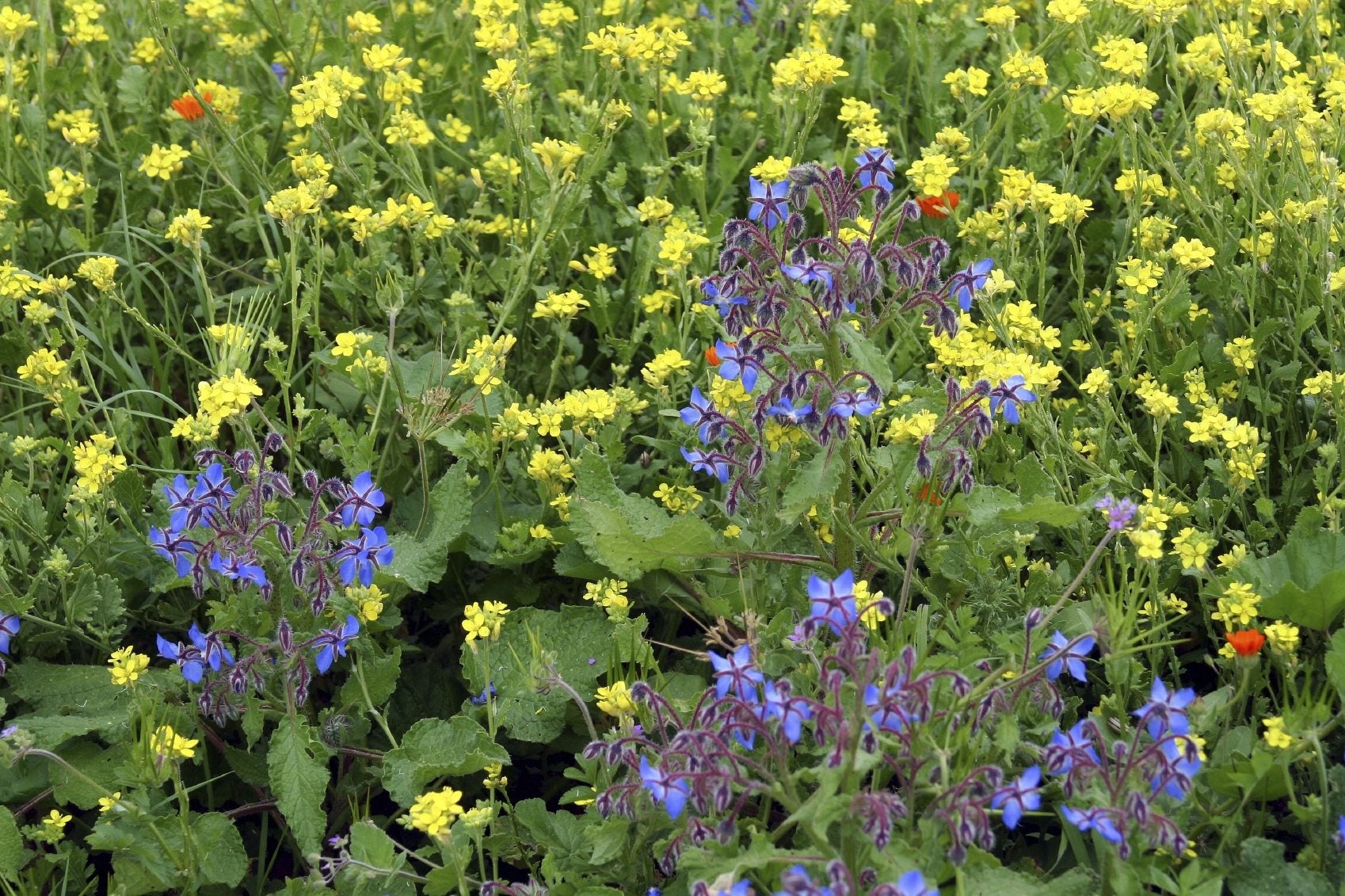 Companion Planting With Borage – Plants That Grow Well With Borage
Companion Planting With Borage – Plants That Grow Well With BorageCompanion planting is based on the idea that some plants perform better if they are located near a strategic plant partner that may attract beneficial insects, improve soil quality, or even share root space in a beneficial manner. Learn about borage and companion planting here.
By Karen Boness
-
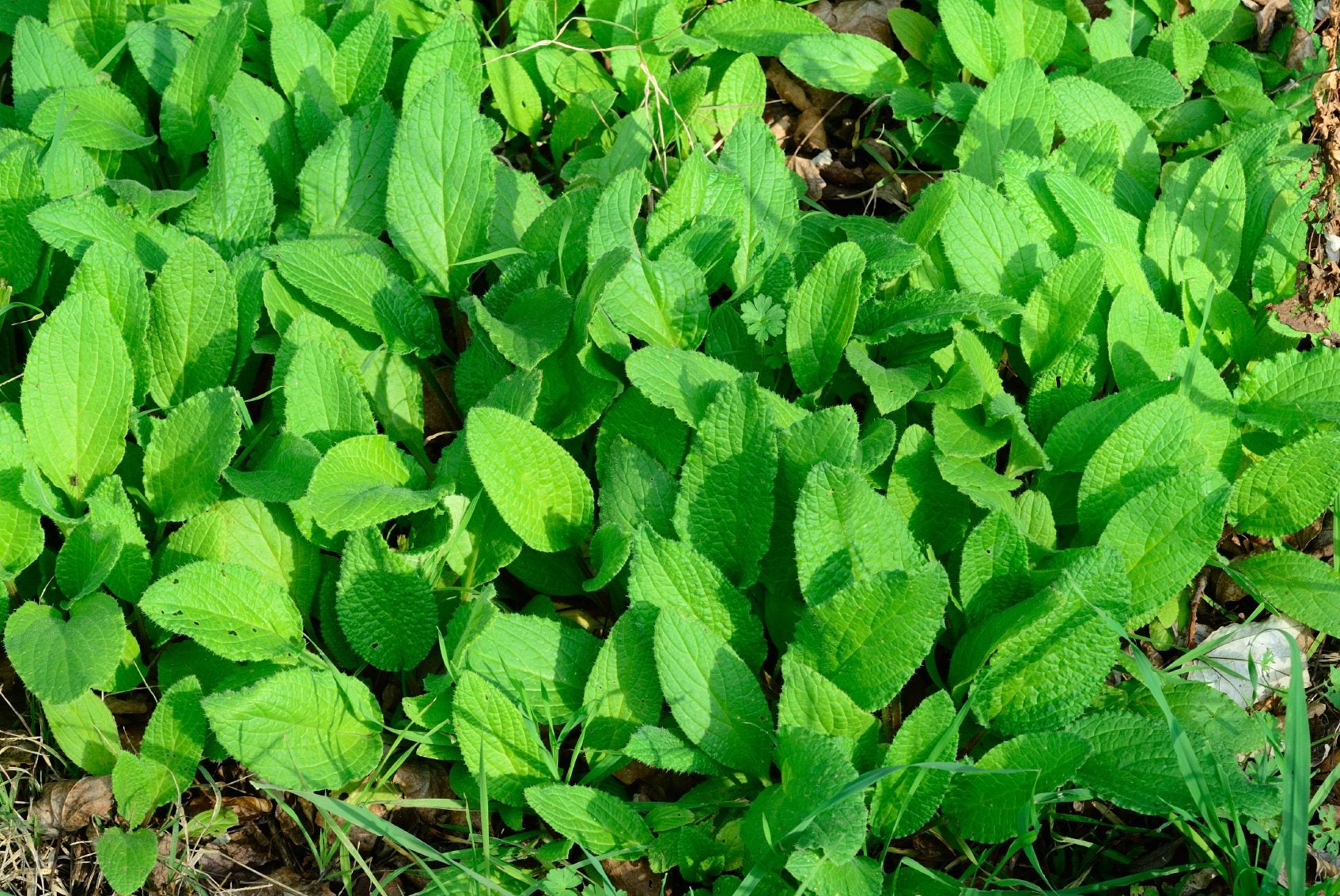 Borage Harvesting: How And When To Harvest Borage Plants
Borage Harvesting: How And When To Harvest Borage PlantsBorage is a self-seeding herb that?s easy to grow and, if allowed to bloom and set seed, will provide year upon year of edible blue blossoms as well as foliage. The question is, when and how to harvest borage? This article will help.
By Amy Grant
-
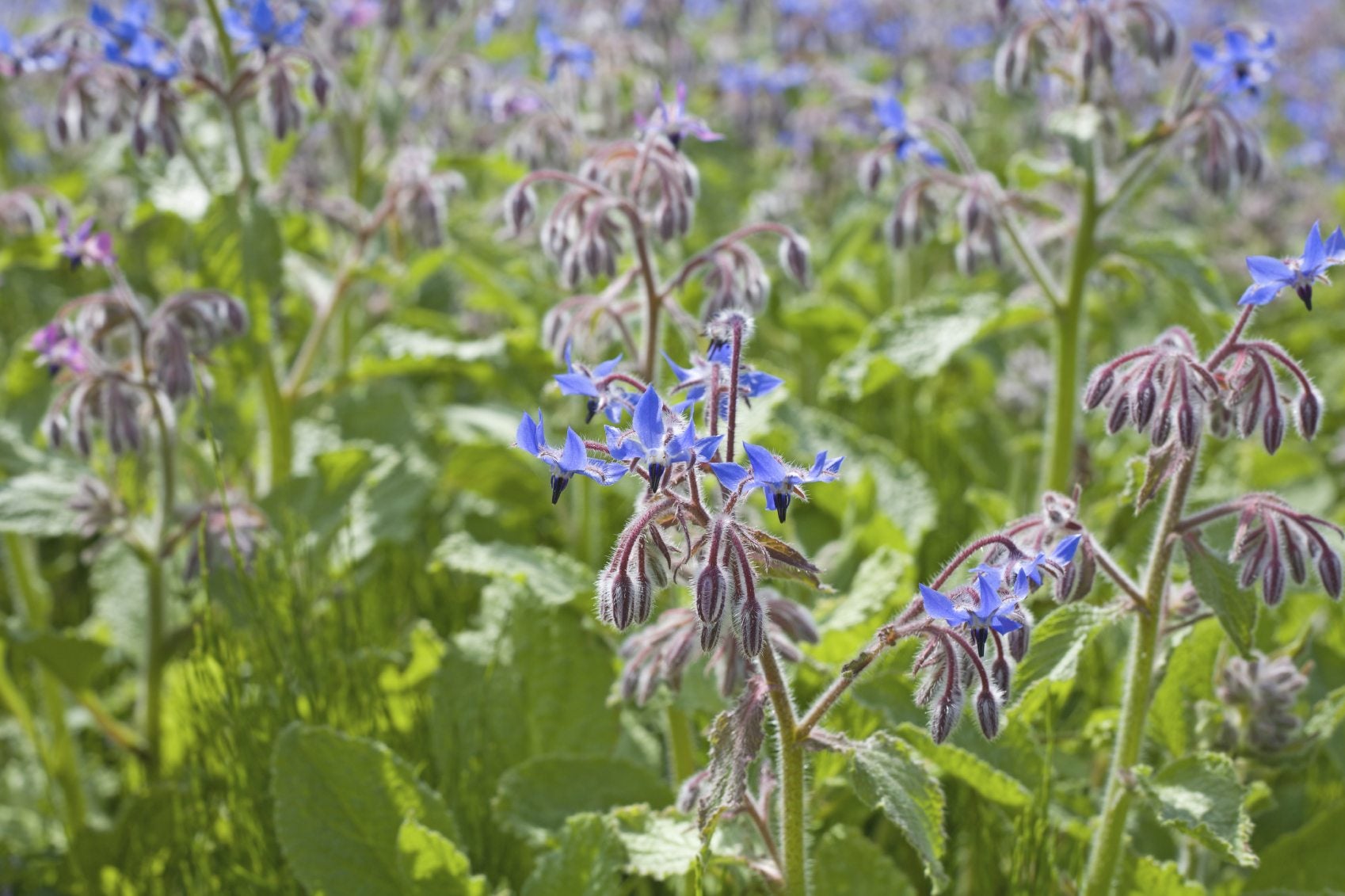 Borage Cover Crops – Using Borage As Green Manure
Borage Cover Crops – Using Borage As Green ManureUsing borage as green manure allows the nutrients brought up by the plant's deep taproot to be dispersed into the upper areas of soil when the plant composts. The result is healthy soil, rich in nutrients and deeply aerated earth. Learn more here.
By Bonnie L. Grant
-
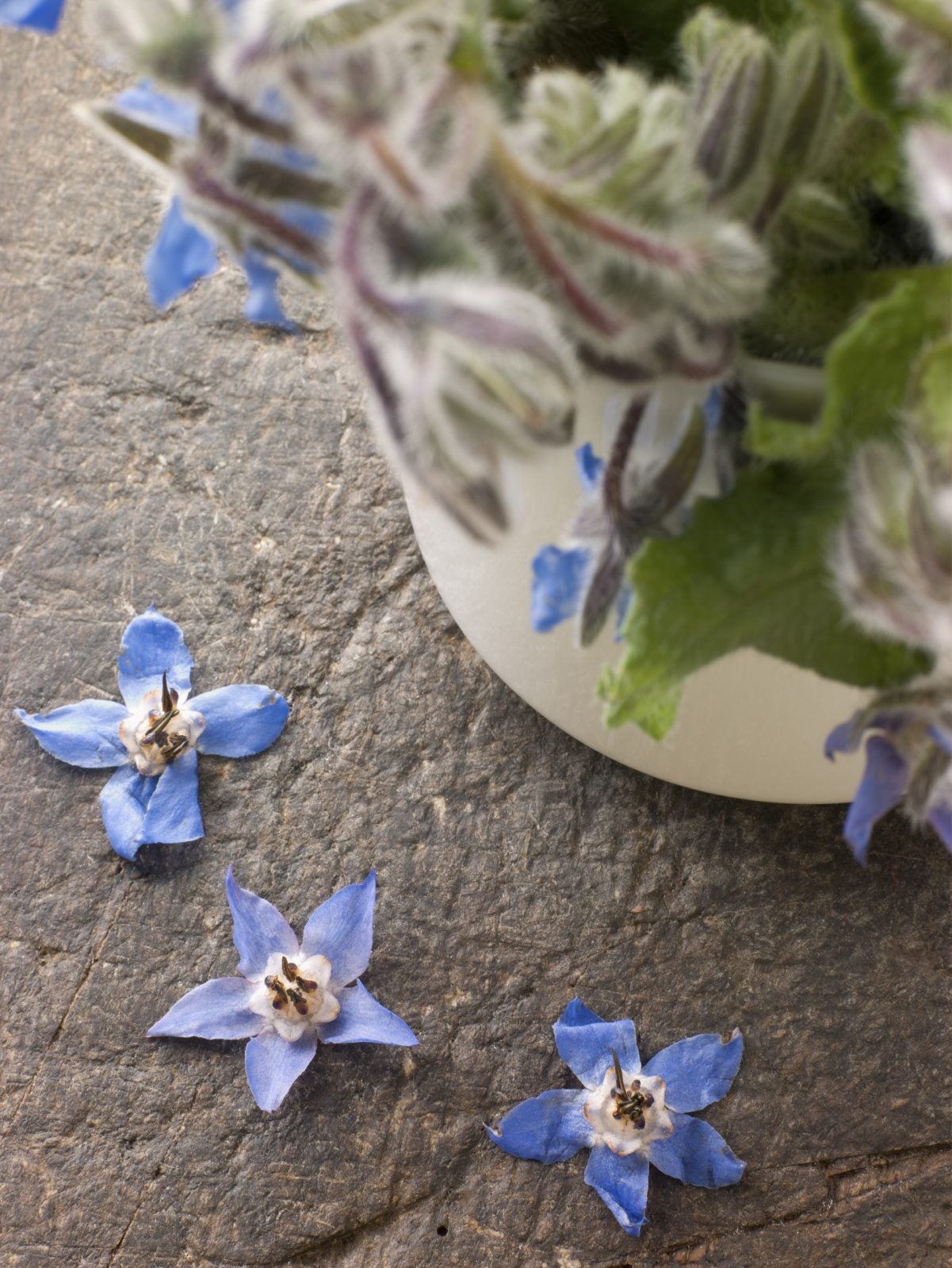 Container Grown Borage: Learn About Growing Borage In Pots
Container Grown Borage: Learn About Growing Borage In PotsIf you don't have space in your garden, or if you're concerned about the plant's rambunctious growth habit, consider growing borage in containers. This article will help get you started with growing borage in pots.
By Mary H. Dyer
-
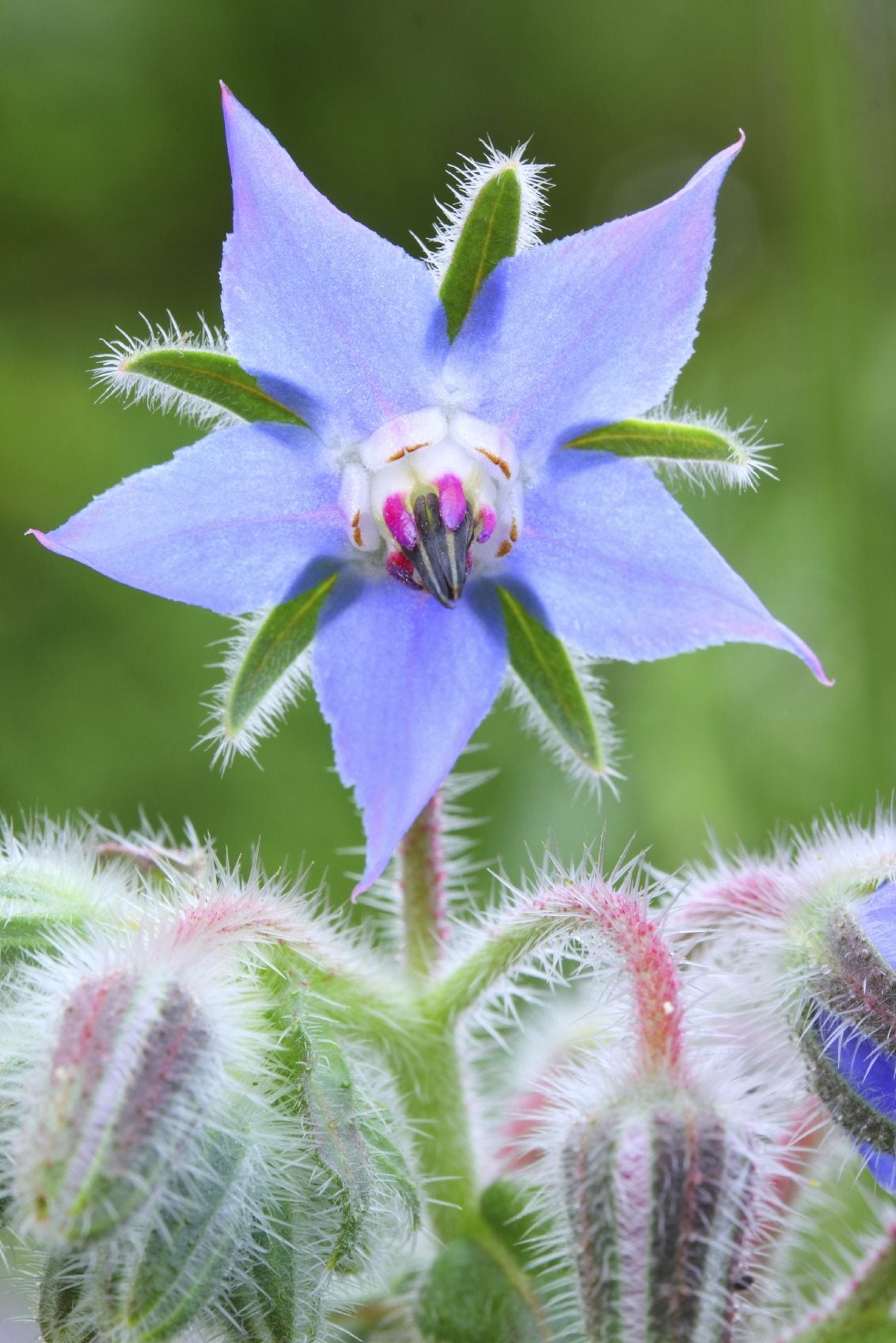 Borage Varieties – Are There Different Borage Flowers
Borage Varieties – Are There Different Borage FlowersBorage is a tall, sturdy herb distinguished by deep green leaves covered with fuzzy, white hairs. Home herb gardeners can select from four primary varieties of borage, all equally beautiful and easy to grow. Learn more about various borage plant types here.
By Mary H. Dyer
-
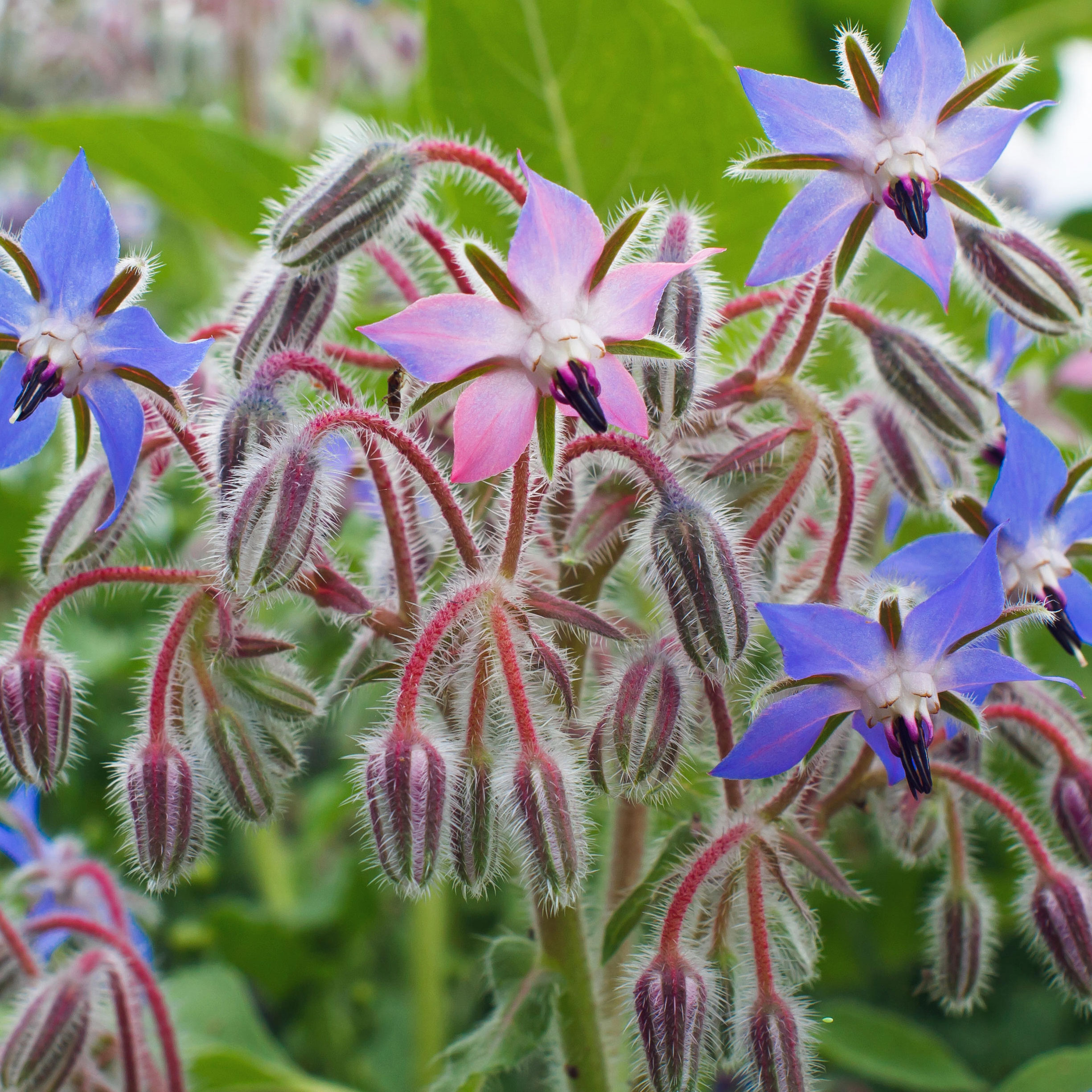 Planting Borage: Ultimate Growing Guide For Sublime Starflowers
Planting Borage: Ultimate Growing Guide For Sublime StarflowersWith its bright blue, bee-friendly flowers, the starflower is a versatile annual herb. Our expert guide to planting borage shows you how to make more of this edible beauty
By Bonnie L. Grant